The content of the article
The name of this butterfly sounds like nachisio, and such a combination of words from Latin translates as peacock eye. The insect belongs to the nymphalid family, where there are two species of these butterflies:
- daily peacock eye;
- night peacock eye.
In addition, there are many differences in the characteristic parameters of these butterflies, which may have a minimum size of the wings - about 25 millimeters, and the maximum, which reaches up to 18 centimeters. As a rule, average values are about 50 millimeters for males and 50-60 millimeters for females. At the same time there are butterflies of large peacock eyes, which are about 15 centimeters in size.
Characteristics
When compared with other butterflies, the peacock eye has quite significant differences that even a person who is not particularly experienced in studying butterflies can see. In particular, the edges of the wings are ragged and uneven.Of course, it should be noted a typical pattern, which is identical to the peacock tail pattern, but may be in different color combinations:
- the black;
- redhead;
- red;
- gray-pockmarked;
- Gray;
- blue-blue.
Depending on the species, a distinctive feature is the activity in a certain period of the day. As it is not difficult to understand, the diurnal peacock is active mainly during the day. Probably, you can guess when the butterflies are the most active, which belong to the peacock-eyed species.
Habitat and other facts and details
- meadows;
- steppes;
- wasteland;
- forest edges;
- gardens;
- ravines;
- parks;
- the mountains.
Of the interesting features, the peacock eyes love for nettles. Often, butterflies are observed precisely in the thickets of this plant.
Butterfly is active most of the time during the warm period of the year, although, if we are talking about a subtropical zone, there it can act during the winter thaw. In other regions, the peacock eye is observed in open spaces from spring to autumn. When frosts come, the butterfly searches for various shelters, such as tree bark and various cracks, where it peacefully falls asleep, plunging into the so-called imago phase.
Butterfly character and lifestyle
If we talk about the form of the diurnal peacock eye, then these butterflies are active only during the day and most often fly in the thickets of nettle. In the spring, migration is carried out, which depends on weather conditions. If the weather allows, then the tribes of butterflies perform a move that allows you to get a new, more favorable habitat space and, consequently, better opportunities for reproduction.
In addition, different generations and tribes of butterflies can choose their own period of flights to other regions. For example, some fly over in June, while others prefer September.
As said earlier, in the winter butterflies seek shelter. This can be a haystack or tree bark, sometimes the roof of a house.Anyway, the main signs here are coolness and dampness.
Coolness is not just a whim of a butterfly. Low temperatures are needed in order to slow down the processes in the body and thus allow wintering in a kind of suspended animation. If the temperature suddenly increases in winter, where the butterfly lives, then there is a risk of deaths.
Butterfly food
The caterpillars of this butterfly also live in the nettle and eat nettle. Although the caterpillar can use other plants:
- hemp,
- willow,
- raspberries,
- hop.
These butterflies are fairly consistent and solid and, if they choose a plant, they eat it completely.
The diet of an adult butterfly is:
- burdock;
- plant sap;
- thyme;
- nectar of garden flowers.
For the most part, preference is given to nectar, but only the diurnal peacock has such a preference. The night peacock is an ascetic butterfly, because it does not eat at all, and at the butterfly stage uses only those stocks that are made at the caterpillar stage. This is actually not a lot of surprising, since the period of existence at the butterfly stage is rather short and is about 12 weeks.Therefore, stocks made by a caterpillar may well be enough for normal functioning.
Reproduction and longevity
The reproduction is carried out by caterpillars, consists of a set of successive stages.
- The butterfly comes out of hibernation and begins to lay eggs on the back of a leaf of dioecious or stinging nettle. This process runs from April to May.
- Each generation is about 300 individuals.
- In May, caterpillars appear that remain so for 16 weeks, that is, until the fall.
- The caterpillars live quite amicably, with a large family, but for the time being, in August there comes a period when it is necessary to divide and go to weave their own cocoon. It is there that the pupa stage will be formed.
- The pupa matures for two weeks in a cocoon, which the caterpillar preliminarily complements with a special protective coat. The color is chosen on the basis of the plant where the pupa hangs and may be green, brown or otherwise.
- The final stage is a butterfly, which is formed largely depending on temperature and takes on a particular shape.
In conclusion, it should be noted the difference in duration of existence depending on gender. Males come out of hibernation in June and complete their earthly journey in August. Females appear closer to autumn and leave this world around October.
Video: peacock butterfly

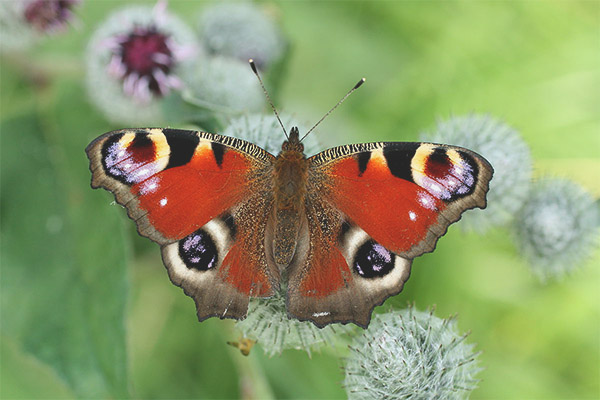
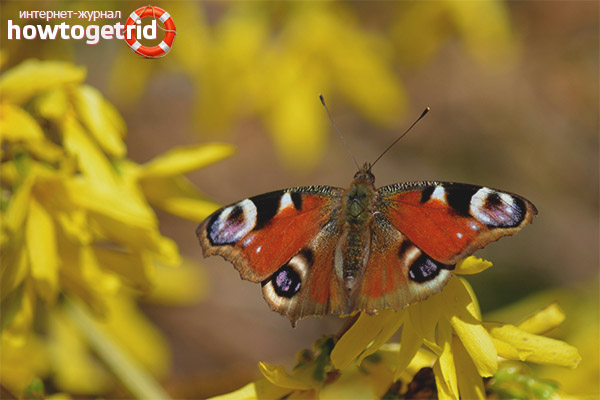
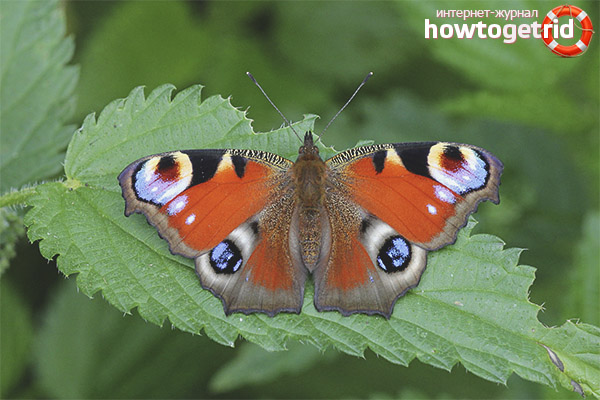

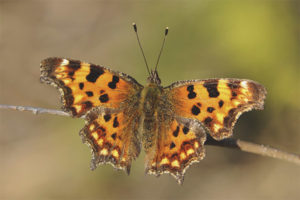
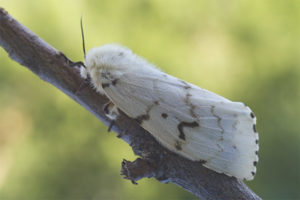
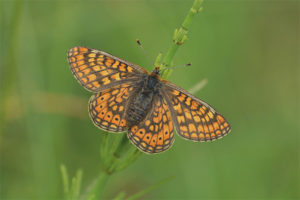

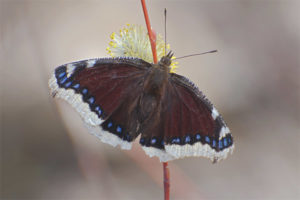
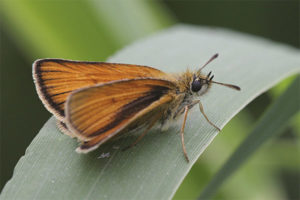


To send